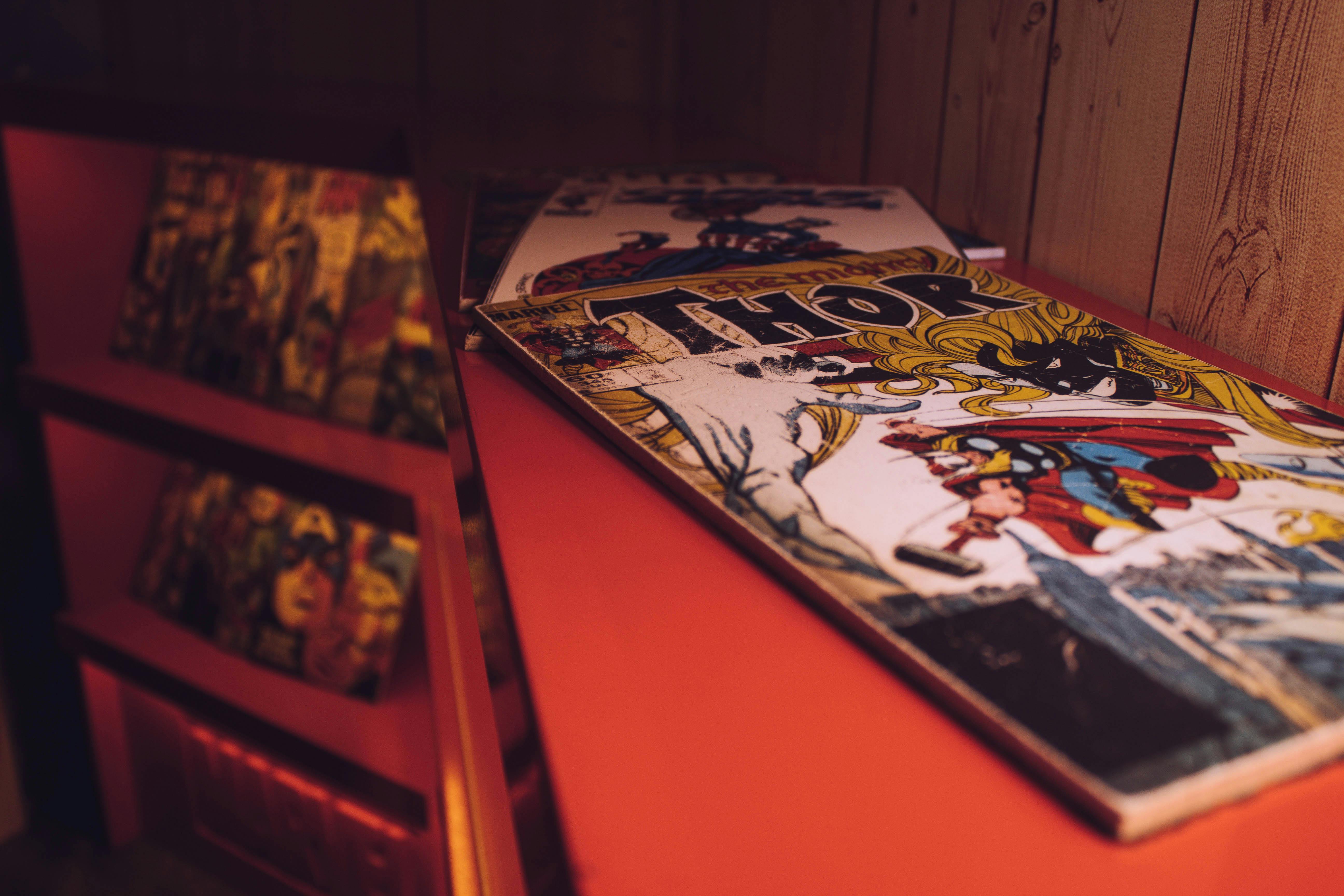
Essential Guide to DC Comics Strategies in Modern Storytelling
The world of DC Comics is rich with iconic characters and grand narratives that have captivated fans across generations. As the comic book publisher has evolved, so have its storytelling techniques. The modern superhero universe presents both opportunities and challenges in crafting compelling tales that resonate with diverse audiences. Effective storytelling strategies are paramount to engage readers and maintain a loyal fan base, especially as adaptations into films and animated series become increasingly prevalent.
This article explores the top five effective DC Comics strategies for modern storytelling, delving into how classic characters like Batman, Superman, and Wonder Woman evolve through innovative narrative structures, character development, and themes that reflect contemporary society. Understanding these strategies not only enhances reader engagement but also enriches the overall DC Comics experience.
By employing a multifaceted approach to storytelling, DC Comics captures the essence of superhero lore while adapting to shifting reader demographics and marketplace dynamics. As we embark on this journey through the superhero multiverse, we’ll highlight key takeaways and strategies for successful storytelling in comic books today.
Dynamic Character Evolution for Reader Engagement
Building on the foundation of character development, dynamic character evolution is crucial for creating relatable heroes and villains. DC Comics has consistently adapted its characters like Batman, Superman, and Aquaman to reflect modern societal issues and audience expectations. This narrative strategy ensures that even the most legendary characters remain fresh and engaging.
Exploring Character Arcs
Character arcs illustrate the growth and transformation a character undergoes throughout a story. For instance, the evolution of Batman from a brooding vigilante to a more nuanced leader of the Justice League encapsulates this journey. By exploring his vulnerabilities and moral dilemmas without losing his heroic essence, writers emphasize his complexity, making him a compelling character for both nostalgia-driven readers and new fans alike.
Thematic Development through Villains
Villains like Lex Luthor and The Joker are essential in developing heroes' narratives. They serve as foils, challenging the heroes' values and beliefs. DC Comics utilizes these characters to explore complex themes such as power, morality, and justice, leading to richer storytelling. This thematic depth invites readers to ponder these ideas and develop emotional connections with the characters involved.
Incorporating Diverse Characters and Storylines
Diversity in comics is more than a trend; it's a crucial part of modern storytelling. DC Comics has made significant strides in introducing diverse characters that reflect various backgrounds, sexual orientations, and experiences. Characters like Green Lantern (Jessica Cruz) and Blue Beetle (Jaime Reyes) not only enrich the comic book lore but also help engage newer readers and drive conversations about representation in superhero comics.
Utilizing the Multiverse for Expanded Storytelling
The concept of the multiverse allows DC Comics to explore myriad narratives without continuity constraints. This narrative technique can interweave different storylines and character interpretations, allowing for creative freedom and experimentation. It also appeals to readers who cherish nostalgia through familiar characters presented in different contexts.
Creative Team Collaborations
The success of any comic book series often hinges on the collaborative efforts of comic book artists and writers. By uniting creative teams with diverse perspectives, DC Comics maximizes artistic interpretation and storytelling richness. The interplay of visual aesthetics and narrative structure captivates readers and enhances their overall experience.
Crossover Events Enhancing Fan Engagement
Crossover events, where multiple characters or storylines converge, are highly effective in fostering reader engagement. Events such as "Crisis on Infinite Earths" have become cornerstone achievements in comic book history. They unify fans around shared events, elevate significant plot developments, and pave the way for memorable encounters between beloved characters.
Innovative Graphic Storytelling Techniques
Graphic storytelling transcends traditional narrative boundaries through the integration of visual elements, dialogue, and pacing. The use of dynamic panel layouts, powerful imagery, and varied color palettes engages readers on multiple levels. Comics like "The Sandman" and "Maus" have illustrated the significant impact of graphic storytelling techniques, enabling deeper emotional resonance with complex narratives.
Leveraging Adaptations for Broader Reach
As DC Comics continues to adapt its characters for the cinematic universe, it must effectively translate comic book storytelling to a broader audience. This strategy is vital for the longevity of its narratives and for introducing new fans to the intricacies of the comic book world.
Success in Animated Adaptations
DC has long mastered the art of animated adaptations, translating comic book lore to accessible formats for both children and adults. Series like “Batman: The Animated Series” not only redefined storytelling in the animated realm but also sparked renewed interest in classic comics, blurring the lines between media.
Film and Television Cross-Promotions
With the advent of the DC Extended Universe (DCEU), cross-promotions between films and animated series have become commonplace. By leveraging the existing comic book fandom, these adaptations introduce familiar characters and plots to a new audience, enhancing their appeal and marketability.
Cultivating Merchandise and Fandom
The interrelationship between comic book sales, merchandise, and fandom cannot be understated. By creating collectibles that incorporate iconic characters from the superheroes’ universe, DC Comics solidifies its brands further. Conventions, comic shops, and fan events provide platforms for readers to engage with their favorite characters, enhancing the overall comic book culture.
Understanding Reader Perspectives and Nostalgia Factors
As comic book readers often span multiple generations, understanding reader perspectives is essential for crafting impactful narratives. Nostalgia plays a crucial role in connecting with fans who not only cherish classic characters but also seek relatable modern interpretations.
Audience Analysis and Emotional Connection
Successful storytelling in comics requires an audience analysis that considers various demographics. Whether targeting long-time comic book enthusiasts or new readers, creators must ensure that the characters speak to the emotional and social experiences of their audience. This emotional connection is critical in fostering loyalty and dedication to characters.
Incorporating Social Themes in Storylines
Contemporary comics often address relevant social issues, such as gender equality, mental health, and environmental concerns. By doing so, DC Comics not only offers entertainment but also invites readers to engage in meaningful discussions surrounding these themes. Incorporating social commentary enhances character depth, making narratives resonate on both personal and societal levels.
Exploring the Impact of Digital Platforms
The rise of digital platforms has changed how readers engage with comic book stories. Exclusive digital content, such as webtoons and apps like DC Universe Online, help comics reach a broader audience. These platforms also cultivate communities centered around shared comic book experiences, enhancing the overall impact of storytelling.
Conclusion: Embracing a Future of Storytelling in DC Comics
As DC Comics continues to navigate the complexities of modern storytelling, employing effective strategies remains vital for engaging readers and sustaining the superhero universe. By focusing on dynamic character evolution, exploiting the multiverse, leveraging adaptations, and understanding reader perspectives, DC Comics strengthens its position as a leading comic book publisher. The ability to marry celebrated comic book lore with progressive themes ultimately ensures the continued allure of its iconic characters for generations to come.

